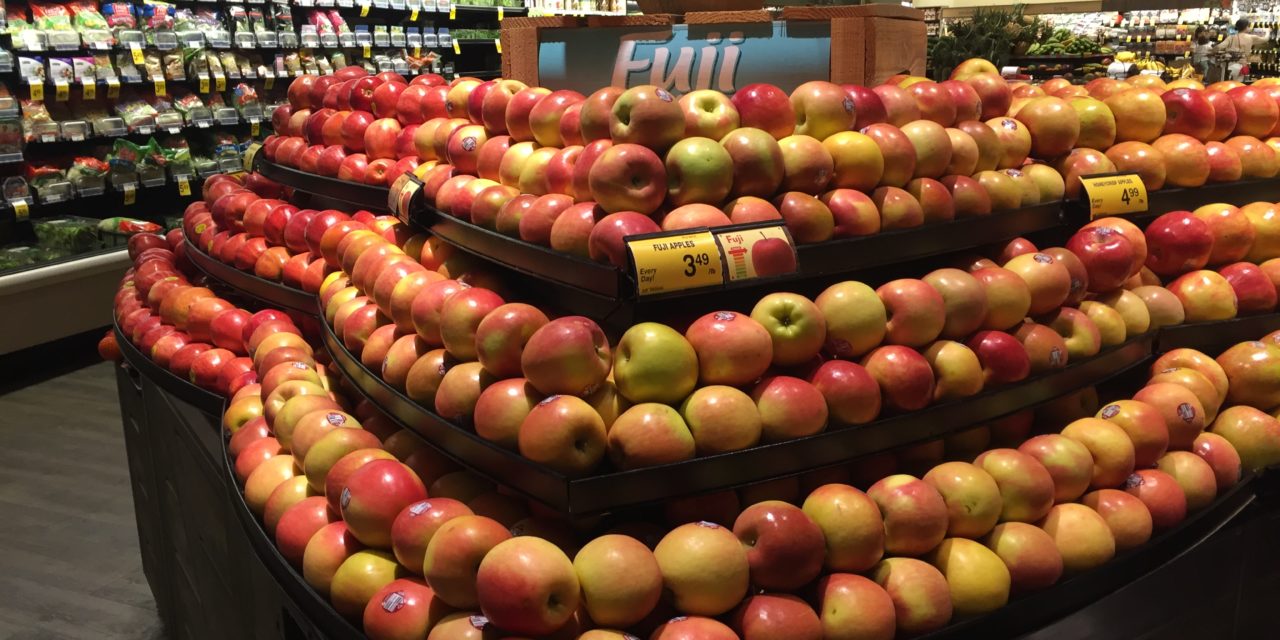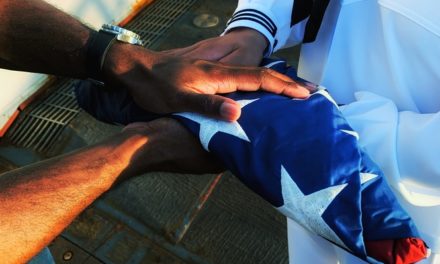BY CHRIS TAKAHASHI | STAFF WRITER
They say one man’s trash is another man’s treasure. Sometimes that trash is oddly exclusive, and those that need it most are left empty handed.
I came to this realization one evening after class. I zipped down to Safeway on Kapahulu for some groceries – mainly to pick up some fresh poke. Arriving around 6:30 p.m., I recalled that the seafood department would be closing any second. Making my way to the back of the store, I felt defeated when I saw the display case completely empty.
As I began to walk away, the man working behind the counter asked me what I wanted. They had individualized containers of the day’s leftover poke for sale. At half price. I was stunned. It wasn’t even past expiration date poke, though to be fair, it wasn’t fresh poke that you could buy first thing in the morning.
All I had to do was show up during this window of time, any night of the week, and I could buy poke for half price. I felt like I stumbled upon one of life’s greatest little secrets.
Now, most of that poke sold in the evening does not go for half price. It’s actually thrown out in the trash. This is what I suspected, and confirmed with the seafood department.
What a waste, right?
The Associated Press reports that Honolulu has the highest rate of homelessness per capita in the country, and it doesn’t take much imagination to believe that many experiencing homelessness are also experiencing hunger on a daily basis. It would be unfair for me to imply that Safeway is the only supermarket in town throwing out pounds of poke and surely many more pounds of produce, but there must be a better solution.
Yes, the major supermarkets do partner with local food banks, donating millions of dollars of food annually, but a large portion of that food is bread, canned, or nonperishable. According to Warehouse Operations of the Hawai‘i Food Bank, which represents many regional and local food banks, a little more than a third of all food distributed in the month of September was actually fresh produce.
The issue with providing mostly non-perishable, empty-calorie foods is that it may exacerbate an underlying health concern. Approximately 29 percent of families receiving food from food banks in Hawai‘i have a member(s) living with diabetes, according to the most recent State of Obesity report compiled by the Trust for America’s Health and Robert Wood Johnson Foundation, respectively. Compare that with the report’s official diabetes rate for the entire population of the state – 8.5 percent in 2015 – and you’ll notice more than a threefold difference.
Imagine if one of the major supermarkets in town was able to find a home for all the wasted produce and perishables, seafood included. Not only could it divert waste headed for the landfill, but it could also help tackle a public health challenge. And sure, the PR spin would probably be nice, too.
A supermarket could employ someone, or train an existing staff member, to go through and collect daily soon-to-expire food. At the end of the day, or even throughout the day, that food could be made available outside the supermarket. There would be an emphasis on providing nutrient-dense foods, and hot meals could be prepared as well.
Given the smattering of locations across town for any one supermarket chain, such a hunger-reduction program could be very effective, particularly for those experiencing homelessness.
It’s time to rethink how we take out the trash.
To read all of Chris’ stories, click here. Chris can be reached at cbt79@hawaii.edu.






